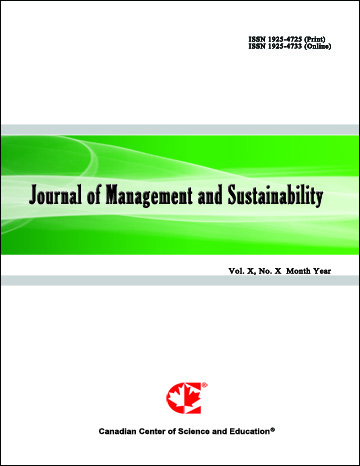Relationship between School-Based Variables and the Achievement Level in Secondary Schools in Ekiti State
- Foluso Adeleke
Abstract
The study found out the relationship between school-based variables (such as class size, school size, student-teacher-ratio and teachers’ qualification) and the achievement level in selected Junior Secondary schools in Ekiti State. The study adopted the expost facto research design. All secondary schools formed the population while a validated inventory was used to collect data from a sample of 30 public schools which were selected through a stratified random sampling procedure. The data collected were analyzed using descriptive (frequency count and percentage) and inferential (Pearson product moment correlation method) statistics. The hypothesis raised in the study was tested at 0.05 level of significance. The number of pupils in a cohort who complete a given educational cycle is generally accepted as a measure of its output while the repeaters and dropouts constitute wastage. The study showed that the average annual growth rate in students’ enrolment was 1.64%. Furthermore, findings showed that the average annual growth rate in class size, school size and STR were -1.2, 1.64 and -3.13 respectively. Findings also showed a higher percentage of qualified teachers employed. Degree plus teaching qualification, professional qualification plus PGDE and NCE graduates were 47.82%, 5.16% and 35.7% respectively. This forms 88.68% of the total teachers employed during the period of study. In addition, degree holders without teaching qualification and others were 8.80% and 2.52% respectively, and this forms 11.32% of the total teachers employed during the period of study.
In light of the findings, it was recommended that school managers should ensure appropriate school variables to reduce the level of wastage and improve achievement level of students of secondary schools in Ekiti State.
- Full Text:
 PDF
PDF
- DOI:10.5539/jms.v5n3p107
Journal Metrics
Google-based Impact Factor (2021): 1.54
h-index (July 2022): 37
i10-index (July 2022): 147
h5-index (2017-2021): 12
h5-median (2017-2021): 19
Index
- Academic Journals Database
- ANVUR (Italian National Agency for the Evaluation of Universities and Research Institutes)
- CAB Abstracts
- CNKI Scholar
- EconBiz
- Excellence in Research for Australia (ERA)
- GETIT@YALE (Yale University Library)
- Harvard Library
- HeinOnline
- Infotrieve
- JournalTOCs
- LOCKSS
- MIAR
- PKP Open Archives Harvester
- RePEc
- Scilit
- SHERPA/RoMEO
- Stanford Libraries
- UCR Library
Contact
- Evelyn XiaoEditorial Assistant
- jms@ccsenet.org
